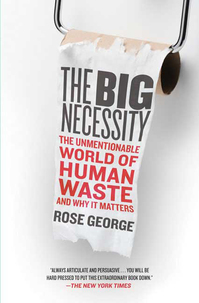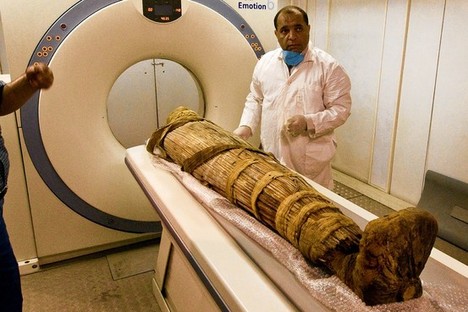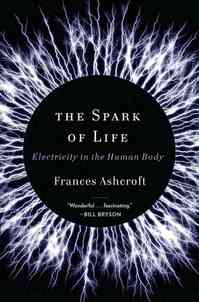(p. 31) Child mortality in foraging tribes was severe. A survey of 25 hunter-gatherer tribes in historical times from various continents revealed that, on average, 25 percent of children died before they were 1, and 37 percent died before they were 15. In one traditional hunter-gatherer tribe, child mortality was found to be 60 percent. Most historical tribes had a population growth rate of approximately zero. This stagnation is evident, says Robert Kelly in his survey of hunting-gathering peoples, because “when formerly mobile people become sedentary, the rate of population growth increases.” All things being equal, the constancy of farmed food breeds more people.
While many children died young, older hunter-gatherers did not have (p. 32) it much better. It was a tough life. Based on an analysis of bone stress and cuts, one archaeologist said the distribution of injuries on the bodies of Neanderthals was similar to that found on rodeo professionals–lots of head, trunk, and arm injuries like the ones you might get from close encounters with large, angry animals. There are no known remains of an early hominin who lived to be older than 40. Because extremely high child mortality rates depress average life expectancy, if the oldest outlier is only 40, the median age was almost certainly less than 20.
Source:
Kelly, Kevin. What Technology Wants. New York: Viking Adult, 2010.








